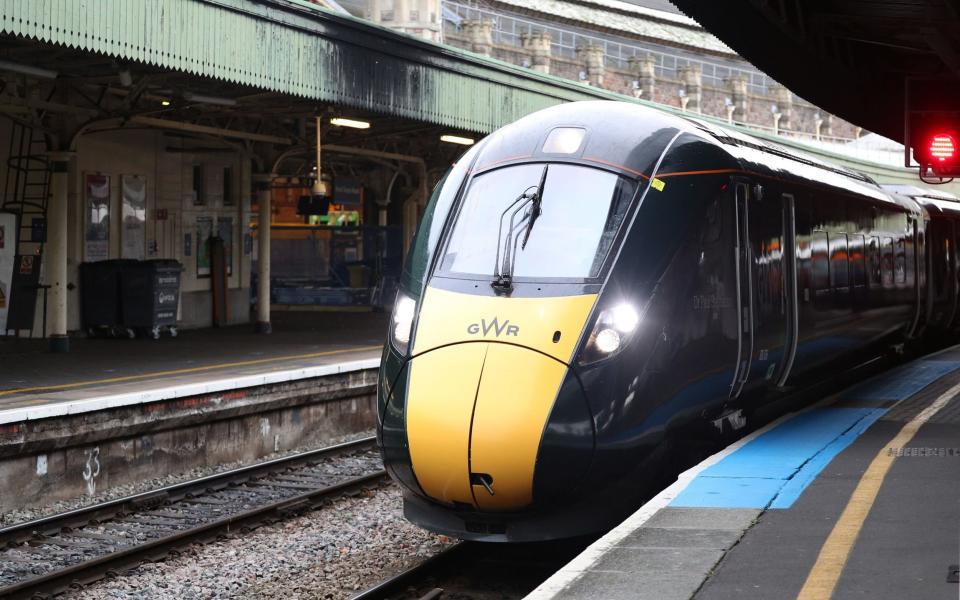Hitachi cracks rife across all types of trains on Britain’s railways

Britain's trains are safe despite revelations that cracks found on the undercarriages of Hitachi’s intercity trains are a widespread problem, the industry regulator has said.
The Office of Rail and Road is now urging operators and manufacturers to conduct further tests to identify the extent of the faults on all types of trains including those not made by Hitachi.
The identification of cracks on Hitachi-built long-distance trains caused chaos for thousands of passengers and led to a wave of cancellations in June last year.
Services were suspended on the Great Western Railway and London North Eastern Railway as urgent inspections were conducted.
Operators were forced to bring back decades-old Intercity 125 trains to replace the Hitachi trains as they were repaired.
The ORR said that similar faults had been discovered on the undercarriages of Southeastern, TransPennine Express, Hull Trains and ScotRail services.
The regulator’s report said corrosion cracks had been found on lifting points, which allow carriages to be raised during maintenance work, due to the use of a type of aluminium that was corroded by salt in the air.
A spokesman for the ORR said passengers should not be concerned as the affected trains were “not unsafe”.
It was concluded that the cracks emerged during the normal running of the trains.
“It is not yet known for certain why this happened, although potential factors include wheel wear and track design,” the officials said.
“The industry should conduct further work to identify the reasons for the higher levels of fatigue.”
Ian Prosser, chief inspector of the railways, said: “Our review provides a clearer picture of the issue and we will continue our oversight to ensure work moves forward to agree the permanent solution and our recommendations are acted on.
“It is important that the whole industry works together to learn lessons from what has happened and our recommendations will help with that.”
A spokesman for Hitachi Rail said: “The ORR’s report identifies that all Hitachi trains meet relevant standards and that we took the appropriate action to prioritise safety and maintain train availability.
“The report also provides a detailed account of the tireless work to simultaneously keep trains running safely, while working towards the long-term solutions.
“The proposed engineering solutions outlined in the report are currently being reviewed by all partners. We are working together to finalise the plan for their implementation, while always prioritising safety and train availability to support consistent passenger services.”

 Yahoo Finance
Yahoo Finance